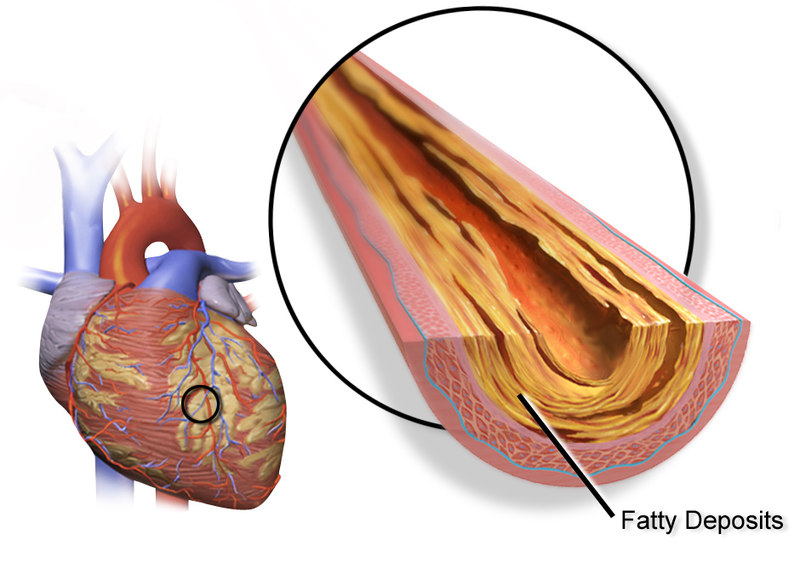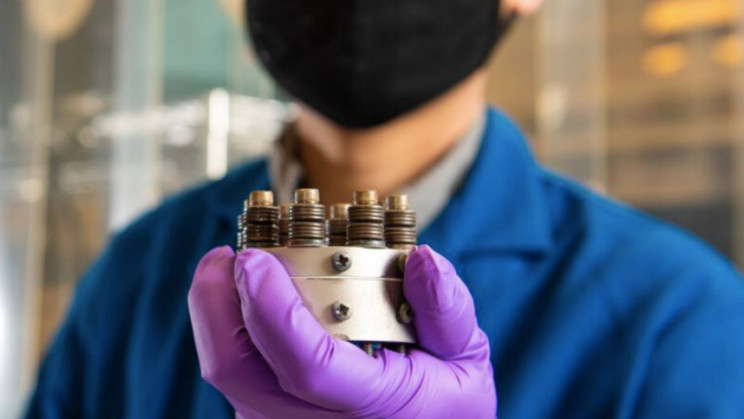Cardiovascular diseases (CVDs) remain the leading cause of death worldwide. This deadly disease starts with silent plaque buildup in blood vessels, which can later rupture, causing life-threatening events like heart attacks and strokes.
Lipid-lowering drugs are commonly prescribed to manage CVD by stabilizing plaques, reducing the risk of heart attack or stroke. However, they cannot fully reverse atherosclerosis, the process of plaque accumulation in arteries.
Recent Research Reveals New Insights in Atherosclerosis Treatment
A collaborative study by researchers from various Chinese universities has discovered a method to cleanse the circulatory system using a common nutrient found in many foods.
This nutrient Manganese, symbolized as Mn (atomic number 25), is vital for our health. It is a trace mineral, which means that we need only small amounts of it, but it is essential for many bodily functions. It acts as a coenzyme for metabolism and supporting nerve, brain, and tissue functions, including bone and hormone formation.
Meeting Manganese Needs Through Diet
Since we need only a small amount of Manganese, we get enough manganese through our diets. it is typically obtained through diet, present in various foods such as whole grains, nuts, leafy greens, shellfish, black pepper, coffee, and tea.
Manganese Deficiency Risk
However, manganese deficiency can occur in some cases, such as in people with malabsorption disorders, chronic liver disease, or who eat a very restrictive diet. Manganese deficiency can cause a variety of symptoms, including muscle weakness, infertility, bone malformations, and seizures.
In mouse models, researchers discovered that the element reduced blood lipids and removed plaques from blood vessel walls. If it extends to humans, this could provide a new approach to atherosclerosis treatment, raising optimism for more effective therapies in the future.







